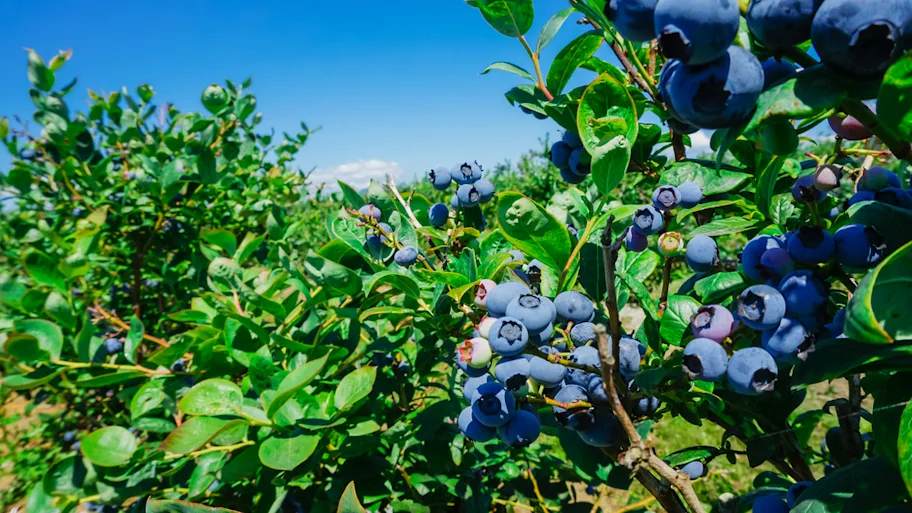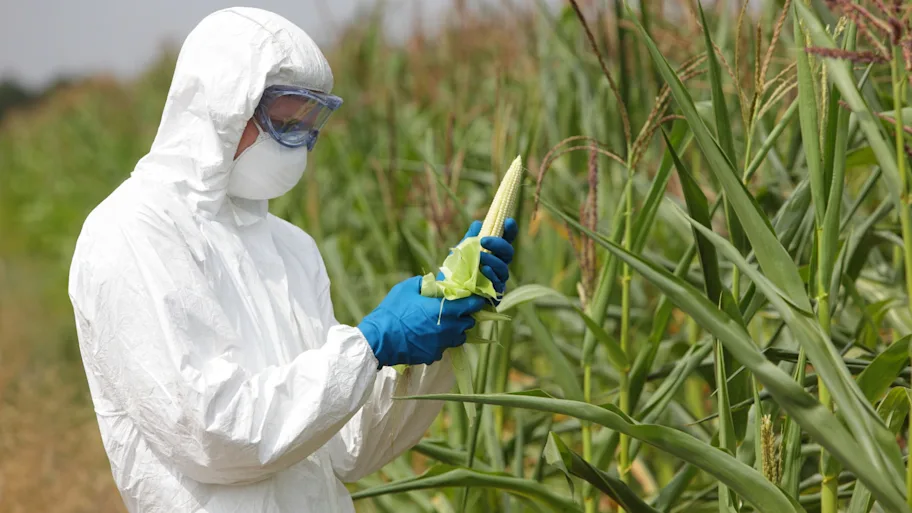
- Science news
- Featured news
- Tomato plant aroma to protect crops
Tomato plant aroma to protect crops

The aroma works by closing pores or ‘stomata’ on the underside of leaves. Image: Shutterstock.
Spraying crops with the tomato compound hexenyl butyrate could be a cheap, safe and straightforward means to prevent bacterial infection and improve drought tolerance
— by Asociación RUVID, Spain
Tomato plants emit an aroma in order to resist bacterial attacks. This aroma– or volatile compound – is named hexenyl butyrate (HB), and according to a study published in Frontiers in Plant Science, it has great potential for protecting various crops from infections and drought.
“The application of this compound in fields will allow the industry to have a new natural strategy for improving crop yields: treatments will protect crops from biotic and abiotic stress easily, efficiently and at a low cost,” says Purificación Lisón, researcher at the Institute for Plant Molecular and Cellular Biology (IBMCP).
A New Role For Green Leaf Volatile Esters in Tomato Stomatal Defense Against Pseudomonas syringe pv. tomato► Read original article► Download original article (pdf)
This compound can be used for closing pores called ‘stomata’ on the underside of leaves, which facilitate gas exchange but also allow water loss and pathogen entry. According to the researchers at IBMCP, there are no other products on the market with these properties.
The compound is non-toxic — its use is also approved in food — and it has a low cost. In addition, it is easily synthesized and according to the tests done at the laboratories of the IBMCP, it is highly efficient, so the users don’t need to apply high doses. Another advantage is that it is easy to use: as a volatile compound, it can be applied by spraying onto plants or via diffuser devices.
Related: New technique predicts risk of plant disease and infestation
The researchers have proven that the treatment of the tomato plants with this compound causes the closing of the stomata and protects them from infection by the Pseudomonas syringae bacteria, increasing their resistance to it. In addition, they have observed that the treated tomato plants are more tolerant to drought. They have also confirmed HB’s stomata-closing efficacy in several species of vegetables, especially from the tomato, corn, alfalfa, citrus and tobacco families.
“This is what we have demonstrated up until this point, but the compound has huge potential. It can be used as a protective barrier against situations such as drought and to protect plants from other infections produced by several pathogens whose entrance door is the stomata,” says Lisón.
Controlled ripening
Another application could be controlling fruit development and the ripening processes. In those cases, treatment with the compound could be used in order to cause, in a controlled manner, treated plants to enter an induced “lethargy” of sorts, as the stomata-closing involves delaying the development processes. This could provide farmers a new strategy for controlling harvest times and adjust them better to the needs of the market.
The Department of Horticultural Sciences of the University of Florida (USA) also collaborated with this project.
Original article: A New Role For Green Leaf Volatile Esters in Tomato Stomatal Defense Against Pseudomonas syringe pv. tomato
REPUBLISHING GUIDELINES: Open access and sharing research is part of Frontiers’ mission. Unless otherwise noted, you can republish articles posted in the Frontiers news blog — as long as you include a link back to the original research. Selling the articles is not allowed.






